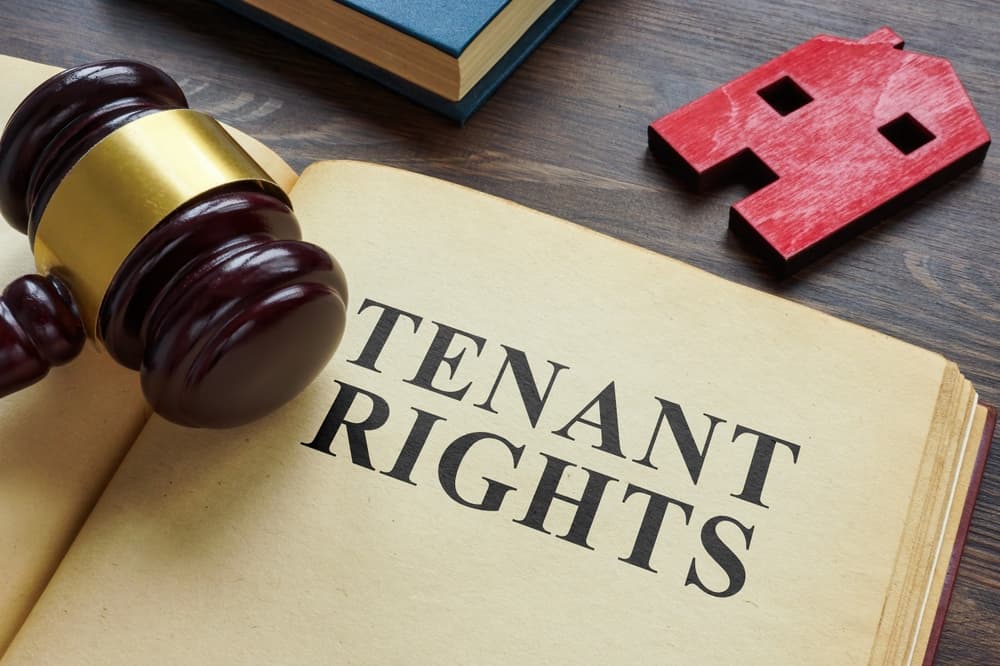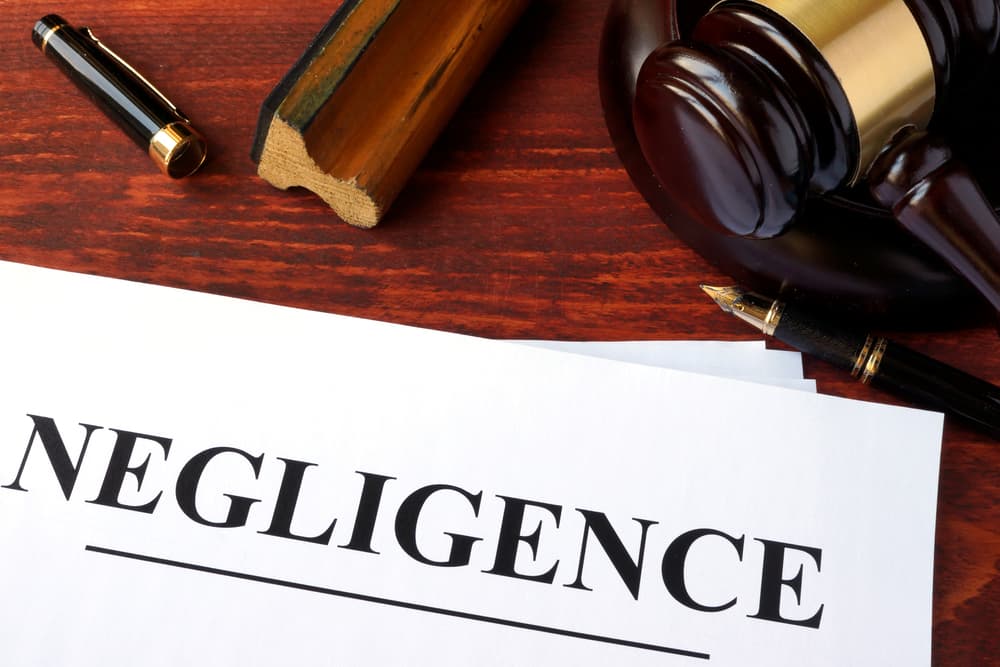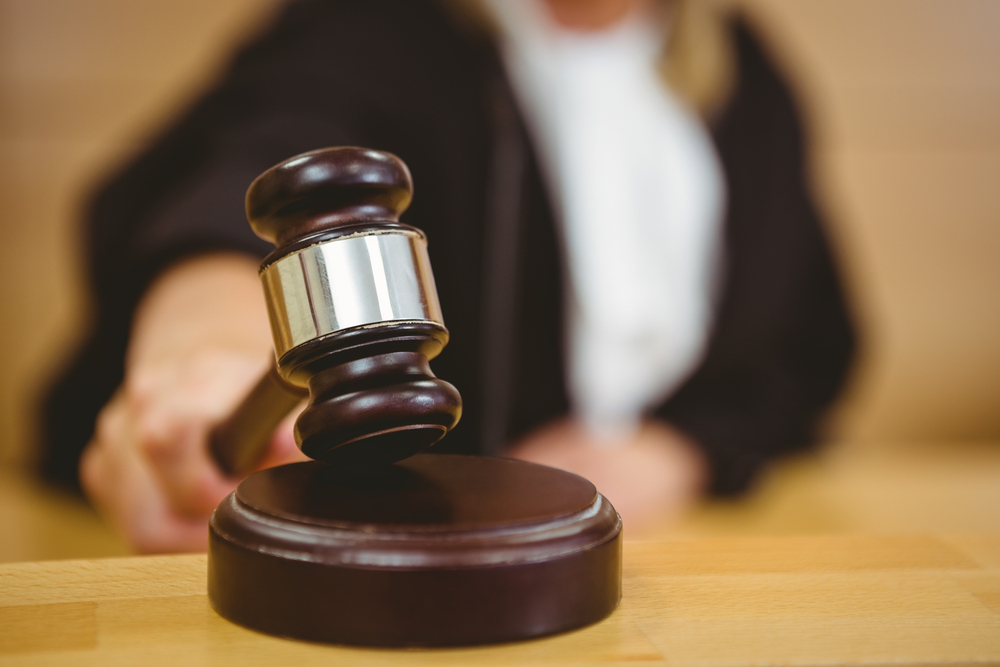Determining who bears responsibility can feel overwhelming when you suffer an injury on a rental property. The relationship between tenants and landlords involves complex legal obligations that many people don’t fully understand until something goes wrong.
If you’ve suffered an injury on your rental property, knowing whether your landlord can be held accountable is vital for protecting your rights and securing the compensation you deserve. A Florida premises liability attorney can help navigate these complicated waters and build a strong case against negligent property owners.
Key Takeaways
- Landlords have a legal duty to maintain safe conditions on their rental properties.
- Property owners can be held liable for injuries caused by dangerous conditions they knew about or should have discovered.
- The timing of when problems developed and who was responsible for repairs affects liability.
- Lease agreements may outline specific maintenance responsibilities, but cannot eliminate basic safety duties.
- Different types of rental properties have varying liability standards.
- Documentation of unsafe conditions and prompt injury reporting strengthen your case.
- Always consult with a premises liability lawyer to understand your rights and options.
Understanding Landlord Duties and Tenant Rights

Property owners who rent their buildings to tenants take on significant legal responsibilities. These obligations go beyond simply collecting rent and providing keys. Landlords must ensure their properties meet basic safety standards and address hazardous conditions that can harm residents or visitors.
The foundation of landlord liability rests on the principle that property owners control the premises and therefore bear responsibility for maintaining them safely. This duty extends to common areas like stairwells, hallways, parking lots, and building entrances. However, the scope of responsibility can vary depending on the specific circumstances of your rental arrangement and the type of property involved.
Different jurisdictions have varying laws governing landlord-tenant relationships, but most share common themes regarding property maintenance and safety obligations.
When Landlords Can Be Held Liable for Tenant Injuries
Property owners face potential liability when injuries occur due to dangerous conditions on their rental properties. However, not every accident automatically makes the landlord responsible. Several factors determine whether a property owner can be held accountable for a tenant’s injuries.
The concept of “notice” plays a central role in establishing landlord liability. Property owners are responsible for hazardous conditions they actually knew about or should have reasonably discovered through proper maintenance and inspection. For example, if a landlord receives multiple complaints about a broken step but fails to repair it, they may be liable when someone gets hurt using that stairway.
Constructive notice occurs when dangerous conditions exist long enough that a reasonable property owner would have discovered them during regular inspections. A large pothole in a parking lot that develops over months or a loose handrail that becomes progressively more unstable might fall into this category.
The timing of when problems develop also matters significantly. If a tenant creates a dangerous condition through their own actions or negligence, the landlord typically isn’t responsible for injuries that occur before they have a reasonable opportunity to address the issue. However, once the property owner becomes aware of tenant-created hazards, they may have a duty to remedy the situation.
Common Areas vs. Private Rental Units
The location where your injury occurred significantly impacts your landlord’s potential liability. Property owners generally have greater responsibility for common areas that remain under their control, while obligations regarding private rental units can be more limited.
Common areas include spaces shared by multiple tenants or used for building access. Stairwells, elevators, lobbies, parking areas, laundry rooms, and building entrances typically fall under the landlord’s responsibility. Property owners must maintain these areas in reasonably safe condition and address hazards promptly when they arise.
Inside individual rental units, landlord liability becomes more complicated. Many lease agreements transfer certain maintenance responsibilities to tenants, particularly for day-to-day upkeep and minor repairs. However, landlords cannot completely escape liability for structural defects, major system failures, or building code violations that create dangerous conditions.
For instance, if faulty electrical wiring installed by the landlord causes a fire, the property owner may be liable regardless of the lease language attempting to shift responsibility. Similarly, structural problems like weakened floors, defective stairs within the unit, or dangerous balcony railings typically remain the landlord’s responsibility.
Lease Agreements and Maintenance Responsibilities
Rental agreements often contain clauses outlining maintenance responsibilities between landlords and tenants. While these provisions can affect liability in some situations, they cannot eliminate a property owner’s fundamental duty to provide safe housing that meets basic standards.
Many leases require tenants to handle routine maintenance tasks like changing light bulbs, cleaning, and minor repairs. Some agreements may even assign renters more responsibility for maintenance. However, courts generally recognize that certain safety obligations cannot be transferred away from property owners, regardless of lease language.
Structural integrity, major building systems, and compliance with housing codes typically remain landlord responsibilities even when lease agreements suggest otherwise. If your injury resulted from a defect in these areas, your landlord may still face liability despite lease clauses attempting to shift responsibility to you.
A premises liability attorney can examine your lease agreement and determine whether any clauses affect your case. They understand which responsibilities can legitimately be assigned to tenants and which safety duties must remain with property owners under applicable laws.
Types of Rental Properties and Varying Standards
Different types of rental properties may have varying liability standards that affect your potential case. Single-family homes, apartment complexes, condominiums, and commercial rental spaces each present unique circumstances that can impact landlord responsibility.
In single-family rental homes, landlords typically have fewer ongoing responsibilities since tenants usually control the entire property. However, property owners still must address structural defects, building code violations, and dangerous conditions they’re aware of or should have discovered.
Apartment complexes present more complex liability issues due to multiple units and extensive common areas. Property owners must maintain elevators, stairwells, parking areas, and other shared spaces while also ensuring individual units meet safety standards. The management company or property owner may face liability for injuries occurring anywhere on the premises.
Condominium rentals can create particularly complicated liability questions since unit owners may rent their individual spaces while a homeowners’ association maintains common areas. Determining responsibility may require examining the rental agreement and the condominium association’s governing documents.
Building Code Violations and Safety Standards
When landlords fail to maintain their properties according to local building codes and safety regulations, they create potential liability for injuries that result from these violations. Building codes exist to protect occupants and visitors from known hazards, and property owners have a duty to ensure compliance.
Common building code violations that can lead to tenant injuries include inadequate lighting in stairwells, missing or defective handrails, improperly maintained fire escapes, blocked emergency exits, and faulty electrical systems. These violations often create obvious dangers that property owners should address promptly.
Housing authorities and local code enforcement agencies may document violations through inspection reports. These official records can provide powerful evidence in premises liability cases, demonstrating that the landlord was aware of dangerous conditions but failed to remedy them.
Some building code violations may not immediately appear dangerous, but still create liability when injuries occur. For example, stairs with non-compliant dimensions might seem functional but increase fall risks. A premises liability lawyer can identify how code violations contributed to your injury and hold negligent property owners accountable.
Proving Your Landlord’s Negligence

Building a successful premises liability case against your landlord requires proving several key elements. You must demonstrate that the property owner owed you a duty of care, breached that duty through action or inaction, and that this breach directly caused your injuries and damages.
Establishing duty typically involves showing that you were lawfully on the property and that the landlord had responsibility for maintaining the area where your injury occurred. This duty generally exists automatically for tenants, though the scope may vary depending on the specific location and circumstances.
Proving breach of duty requires demonstrating that your landlord failed to meet reasonable standards for property maintenance and safety. It might involve showing that they knew about dangerous conditions but didn’t fix them, failed to conduct proper inspections, or ignored obvious hazards that posed risks to tenants and visitors.
Causation connects the landlord’s negligence directly to your injuries. You must show that the dangerous condition, not some other factor, caused your accident and resulting harm. This element often requires careful analysis of the circumstances of your injury.
Documentation and Evidence Collection
Strong documentation significantly improves your chances of success in a premises liability case against your landlord. The more evidence you can gather supporting your claims, the better position you’ll be in when seeking compensation for your injuries.
Photograph the dangerous condition that caused your injury as soon as possible after the accident. Take pictures from multiple angles and include wider shots that show the surrounding area. If possible, photograph the scene both during the day and under the lighting conditions present when your injury occurred.
Keep detailed records of all communications with your landlord regarding the dangerous condition. Save emails, text messages, and letters that document when you reported problems and how the property owner responded. If you made verbal complaints, write down the dates, times, and details of these conversations.
Medical records from your treatment provide key evidence linking your injuries to the accident. Follow your doctor’s recommendations for treatment and attend all scheduled appointments. These records demonstrate the severity of your injuries and the impact on your life.
Witness statements from other tenants or visitors who saw the dangerous condition or your accident can strengthen your case. Neighbors who made similar complaints about the same hazard provide additional evidence that the landlord had notice of the problem.
Insurance Coverage and Compensation Recovery
Most landlords carry liability insurance that may provide compensation for tenant injuries caused by property defects or negligent maintenance. However, insurance companies often try to minimize payouts by disputing liability, questioning the severity of injuries, or arguing that tenants were partially responsible for their accidents.
Property owner insurance policies typically include coverage for bodily injury claims arising from premises liability incidents. This coverage can help compensate injured tenants for medical expenses, lost income, pain and suffering, and other damages resulting from their accidents.
Some rental properties may have additional insurance coverage through management companies or homeowners’ associations. Multiple insurance policies might apply to your situation in complex properties like condominiums. A premises liability attorney can identify all potential sources of coverage and pursue maximum compensation.
Insurance adjusters may contact you quickly after your accident, hoping to obtain statements or secure quick settlements before you understand the full extent of your injuries and rights. Avoid giving recorded statements or accepting settlement offers without first consulting with a lawyer who can protect your interests.
Fighting for Your Rights Against Negligent Landlords

Landlord liability for tenant injuries involves complex legal principles that require careful analysis of your situation. Property owners have significant responsibilities for maintaining safe rental conditions, but insurance companies and defense attorneys will work hard to minimize their clients’ liability and reduce compensation payments.
The evidence in your case, the specific circumstances of your injury, and the applicable laws in your jurisdiction all affect the strength of your potential claim. Working with an experienced premises liability lawyer ensures that your rights are protected and you receive fair compensation for injuries caused by your landlord’s negligence. Contact a qualified premises liability attorney today to discuss your case and learn about your legal options for pursuing compensation.
Frequently Asked Questions
Can my landlord be held responsible if I’m injured by another tenant’s actions?
Generally, landlords are not liable for injuries caused by other tenants’ criminal acts or negligent behavior, unless the property owner failed to provide adequate security in high-crime areas. Or knowingly allowed dangerous tenants to remain on the property despite multiple complaints about their behavior.
What happens if my lease says I’m responsible for all maintenance and repairs?
While lease agreements can assign certain maintenance duties to tenants, landlords cannot escape responsibility for structural defects, building code violations, or inherently dangerous conditions that existed when you moved in. This is regardless of the lease language attempting to shift all liability to renters.
Am I still covered if I suffered an injury while intoxicated on the rental property?
Intoxication doesn’t automatically bar premises liability claims, but it may affect your case if it contributed to your accident. Courts will examine whether the dangerous condition or your intoxication was the primary cause of injury, and compensation may be reduced based on your level of responsibility for the incident.
